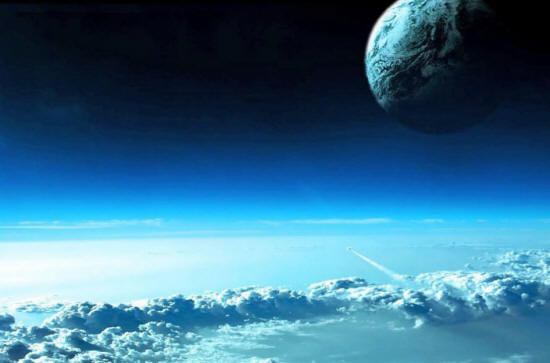|

February 16,
2017
from
MessageToEagle Website

The
Kármán Line is used to define outer
space.
It is the internationally designated boundary between the Earth’s
atmosphere and outer space. The Kármán Line is located at an
altitude of 100 kilometers (62 miles or 330,000 ft) above the
Earth’s sea level.
The line is named after Theodore von Kármán (1881-1963), a
Hungarian-American mathematician, aerospace engineer and physicist.
He is known as the father
of supersonic flight.
Active mostly in aeronautics and astronautics, Kármán was the first
scientist to calculate that around this altitude, the atmosphere
becomes too thin to support aeronautical flight.
It means that at this altitude (100km), an aircraft would have to
travel faster than the speed required to achieve orbit in order to
create enough lift for an aircraft to fly.
A plane or aircraft
relies on the density of the atmosphere to keep it aloft.

An atmosphere does not abruptly end at any given height, but becomes
progressively thinner with altitude, as the distance from Earth
increases. It forces a craft to increase velocity in order to stay
airborne.
(For an airplane flying higher and higher, the increasingly thin air
provides less and less lift, requiring increasingly higher speed to
create enough lift to hold the airplane up.)
Such flying vehicle is not an aeroplane anymore but - a spacecraft.
The 100-Km altitude, ever since named the "Karman Line", came thus
into existence as the boundary - obscure and artificial - but
indispensable for separating Aeronautics and Astronautics.
According to the
Outer Space Treaty of 1967, the
Kármán Line,
"is not subject to
national appropriation by claim of sovereignty, by means of use
or occupation, or by any other means."
Video
|